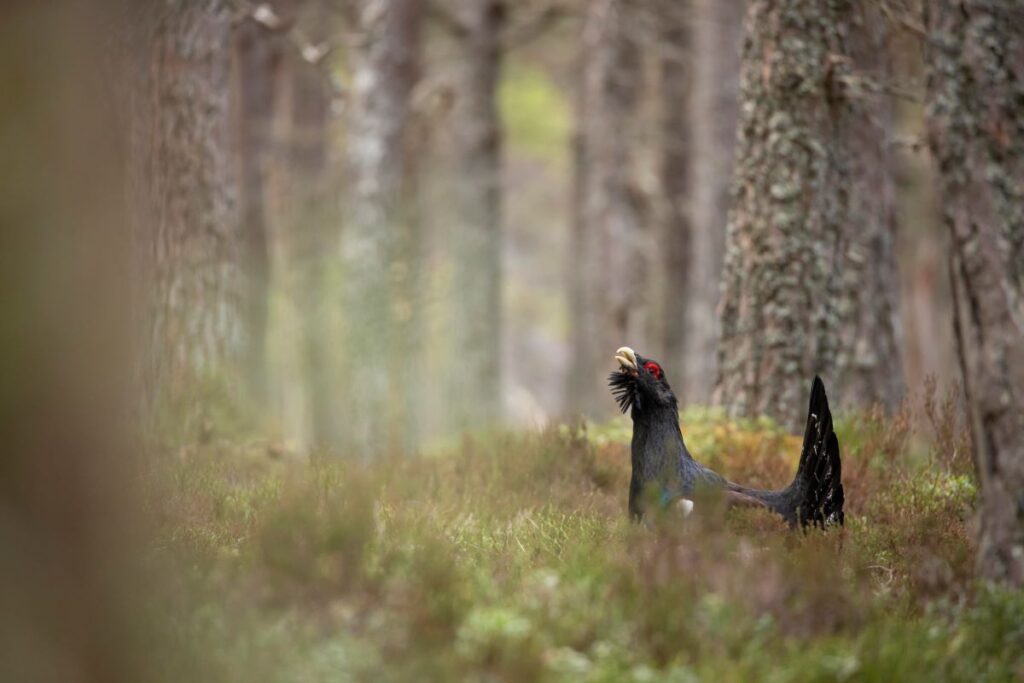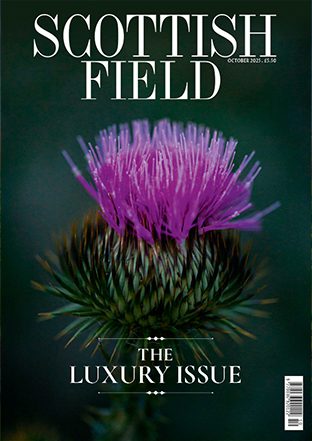
Emergency plan to save capercaillie from extinction in Cairngorms National Park
They have been in decline for decades, with experts believing they could be extinct in the next 20 to 30 years.
But now an emergency bid to save the UK’s capercaillie population in the Scottish Highlands has been launched – and could lead to birds being introduced from continental Europe to help boost numbers.
Cairngorms National Park is home to 85% of the UK’s capercaillie population, with only 532 remaining in the UK.
Britain’s native capercaillie were extinct by the 1780s and today’s population is descended from birds reintroduced from Sweden since the 19th Century. But numbers have fallen since the 1970s.
In the early 1990s, conservation science projected that capercaillie would be extinct in Scotland by around 2010 and conservationists began making efforts to save them.
Now, The Cairngorms National Park Authority (CNPA) and NatureScot have now launched a five-year plan to bolster the species.
NatureScot commissioned a report to investigate the critical situation which found tackling human disturbance, predation of young and fence removal could improve the birds survival and breeding success.
The emergency plan includes proposals to increase the birds’ woodland habitat and a feasibility study into the potential for ‘reinforcing’ the population with birds from outside the UK.
‘This is the most comprehensive plan of its kind ever produced for this iconic bird, bringing together stakeholders from every aspect of capercaillie conservation,’ said Eileen Stuart, NatureScot’s deputy director of nature and climate change.
‘With such low numbers, the species is predicted to become extinct in the next 20 to 30 years unless more action is taken at scale and on all fronts.
‘The Emergency Plan will do just that and is the result of intensive work with over 100 stakeholders who are all committed to safeguarding the future of capercaillie.
‘Requested by Scottish Government, the plan will tackle the multiple issues facing capercaillie at a pace and scale to help the species recover.’
NatureScot said there is ‘no single silver bullet’ solution to tackle the decline of capercaillie in Scotland, the emergency plan is underpinned by the continued commitment to woodland creation in the National Park.
They say a minimum of 35,000 ha of new woodland cover will be created by 2045.
Other aims include reducing the impact of predators such as pine martens and badgers by using food to divert them away from capercaillie eggs and chicks.
This diversionary feeding has been trialled by University of Aberdeen researchers.
They placed deer meat near fake nests filled with chicken eggs to see if the predators could be lured away. The false nests had an 83% survival rate.
‘Protecting capercaillie has always been a collective effort,’ said Andy Ford, director of nature and climate change at the Cairngorms National Park Authority.
‘Thanks to the Cairngorms Capercaillie Project more people than ever before are now actively helping the species alongside the longstanding efforts of land managers and organisations.
‘Given the scale of the task ahead to boost capercaillie numbers in Scotland we remain realistic but optimistic that a huge collective effort will make a positive difference.’
Read more Wildlife stories here.
Subscribe to read the latest issue of Scottish Field.
TAGS

